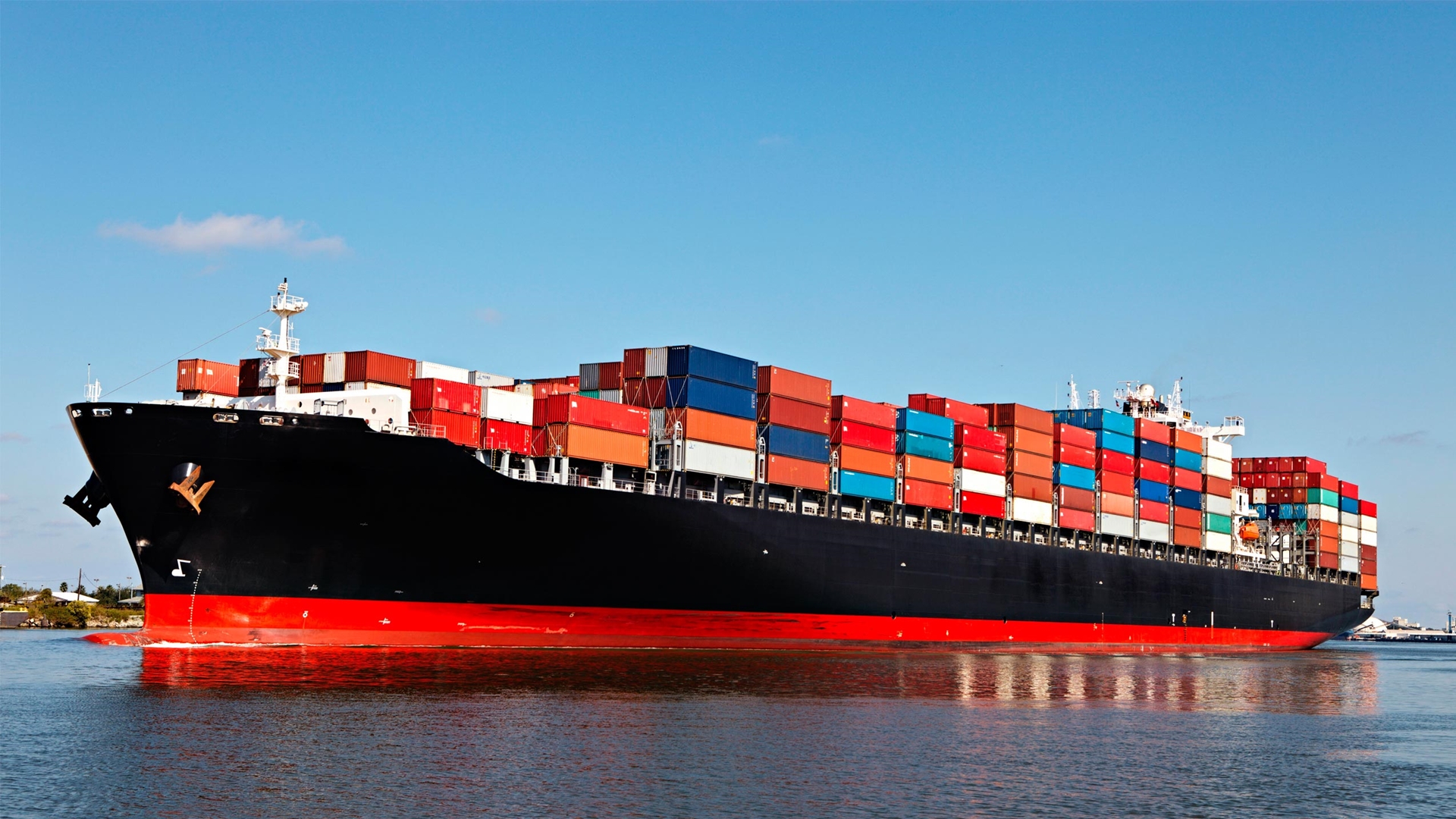Ocean Freight Basics: A Beginner’s Guide
December 28, 2023

For newcomers to international shipping, especially in ocean freight, the complexities can be overwhelming. This ocean freight basic beginner’s guide breaks down the basics, addressing challenges like customer dissatisfaction, increased costs, and shipping delays. The rise in shipping costs and container shortages adds to the complexity. However, partnering with an international freight forwarder can help navigate these challenges and minimize disruptions to your business, allowing you to sail through with confidence.
Understanding Ocean Freight
Ocean freight, also known as sea freight, is the transportation of goods via cargo ships. It’s a key player in global trade, facilitating the movement of products between continents. Let’s dive into the crucial aspects every beginner should grasp.
The Shipping Container: A Cargo Marvel
At the heart of ocean freight is the humble shipping container. These standardized metal boxes come in various sizes, providing a secure and uniform way to transport goods. From electronics to textiles, almost anything can be packed into these containers, simplifying the logistics process.
Types of Ocean Freight Services
Ocean freight offers different services, each tailored to specific shipping needs:
- Full Container Load (FCL): Ideal for large shipments, FCL allows you to book an entire container for your goods.
- Less Than Container Load (LCL): If your cargo doesn’t fill a container, LCL lets you share space with other shippers, reducing costs.
Shipping Routes and Transit Times
Understanding shipping routes is crucial. Major trade routes connect continents, and transit times vary. The journey from Asia to Europe, for example, typically takes several weeks. Plan accordingly to avoid delays and meet delivery deadlines.
Booking Your Shipment
Freight Forwarders: Your Shipping Allies
To navigate the complexities of ocean freight, consider enlisting the help of a freight forwarder. These professionals streamline the shipping process, handling documentation, and customs clearance, and ensuring your cargo reaches its destination smoothly.
Key Documents in Ocean Freight
- Bill of Lading: Your Cargo’s Boarding Pass
The Bill of Lading is a critical document that serves as a receipt for your cargo. It outlines the terms of the shipment, confirming that your goods are loaded onto the vessel.
- Commercial Invoice: The Price Tag
This document details the specifics of your transaction, including the type and quantity of goods, their value, and the terms of sale.
Customs and Compliance
Navigating Customs Procedures
Clearing customs is a crucial step in the shipping process. Familiarize yourself with the customs regulations of the countries involved, ensuring a smooth transition through border control.
Cost Considerations
Freight Rates and Additional Charges
Ocean freight costs include freight rates and various additional charges, such as port fees and customs duties. Plan your budget meticulously and account for these factors to avoid any financial surprises.
Sustainable Shipping Practices
Charting a Greener Course
As environmental concerns take center stage, the shipping industry is making strides towards sustainability. Stay informed about eco-friendly initiatives and consider partnering with carriers committed to reducing their carbon footprint.
Embarking on your ocean freight journey may seem like sailing into uncharted waters, but armed with the ocean freight basics beginner’s guide, you’re ready to navigate with confidence. From understanding container types to mastering key documents, you now have the knowledge to ensure a smooth sailing experience.
-By Arti Tawani